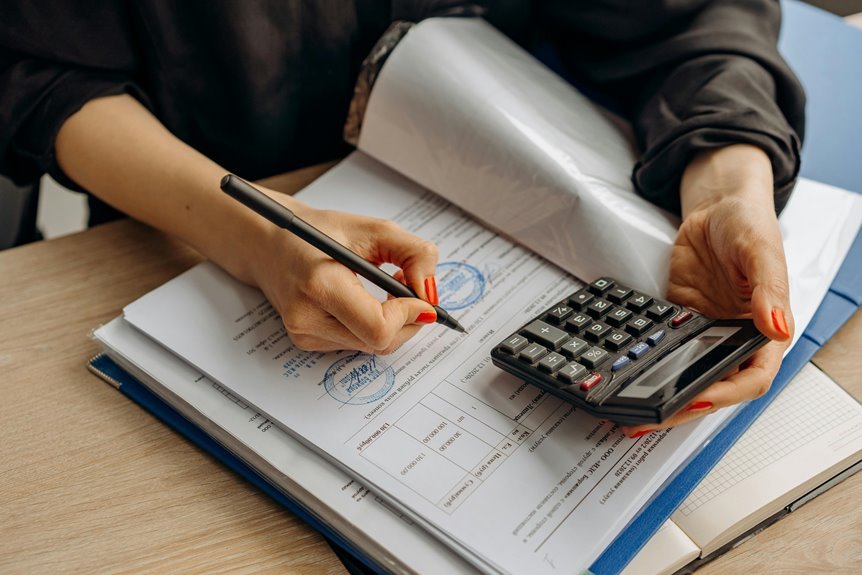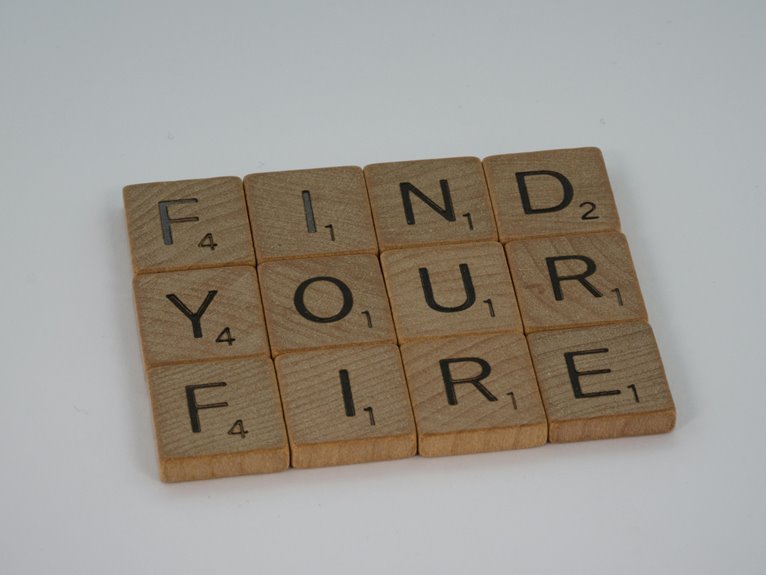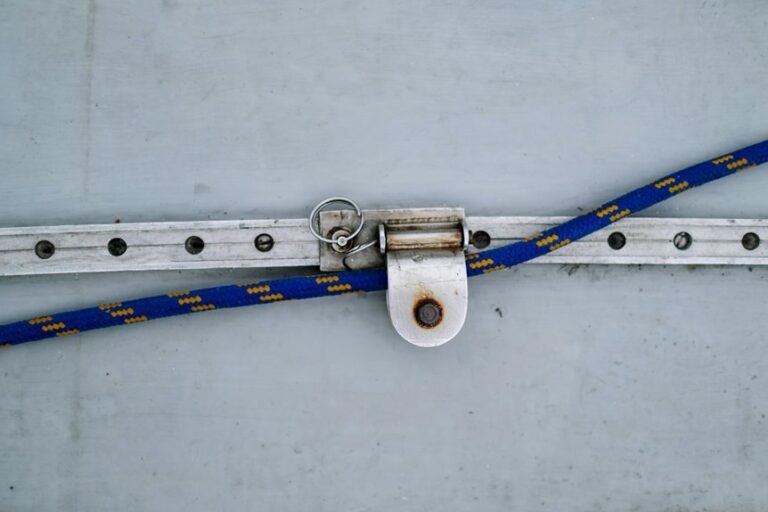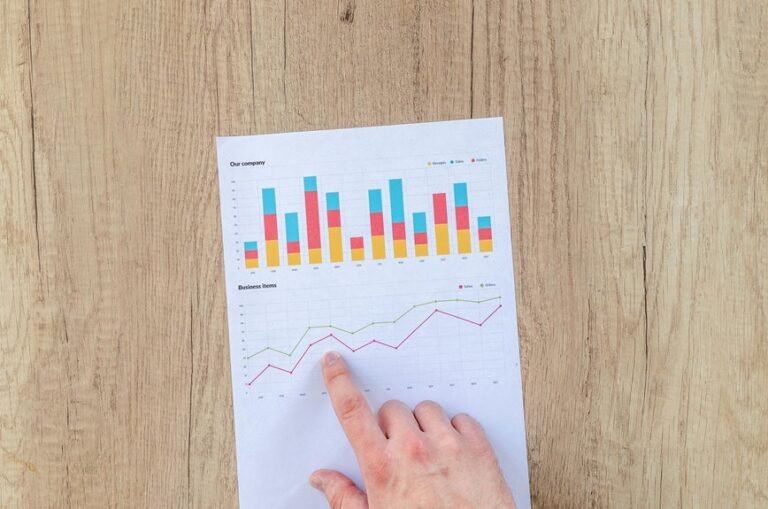Who Called Me From 3314539355, 3322207121, 3331902178, 3332699094, 3333459504, and 3334939363? Verify Now!
In an age where communication is paramount, receiving calls from unfamiliar numbers can raise concerns about security and legitimacy. Numbers such as 3314539355, 3322207121, and others have surfaced, prompting inquiries into their origins. Identifying such callers is crucial, as it may prevent potential scams or unwanted solicitations. Utilizing the right verification tools can reveal critical insights, but the question remains: who exactly is behind these digits, and what intentions do they carry?
Understanding the Importance of Identifying Unknown Callers
How crucial is it for individuals to identify unknown callers?
Effective caller identification strategies are vital in mitigating unknown number risks, which can include scams, harassment, and privacy violations.
By understanding the importance of recognizing these calls, individuals empower themselves to safeguard personal information and maintain autonomy over their communication channels.
This awareness fosters a more secure and liberated approach to telephonic interactions.
Tools and Resources for Verifying Phone Numbers
Identifying unknown callers necessitates the use of effective tools and resources designed for verifying phone numbers.
Phone lookup services provide comprehensive databases to trace callers, while reverse number lookup tools enable users to input a number and retrieve associated information.
These resources empower individuals with the ability to discern legitimate calls from potential threats, fostering informed decisions and enhancing personal safety in communication.
Common Scams and Telemarketing Tactics to Watch Out For
What tactics do scammers employ to exploit unsuspecting individuals over the phone?
Common telemarketing tactics include high-pressure sales techniques, impersonation of legitimate organizations, and promises of unrealistic rewards. These methods aim to manipulate emotional responses, undermining scam awareness.
Additionally, the use of caller-ID spoofing enhances credibility, making detection difficult. Awareness of these strategies is essential for individuals seeking to protect their freedom from fraud.
Conclusion
In a world where unknown numbers loom like shadows at dusk, one must marvel at humanity’s penchant for curiosity—or perhaps naiveté. As you ponder whether to answer that tantalizing call from 3314539355, remember: it could be a long-lost relative, a prince seeking refuge, or simply a telemarketer with an affinity for unsolicited pitches. Embrace technology’s tools, and let the art of verification guide you—after all, not every mystery needs unraveling at the cost of your sanity.







